Knowledge Is Power
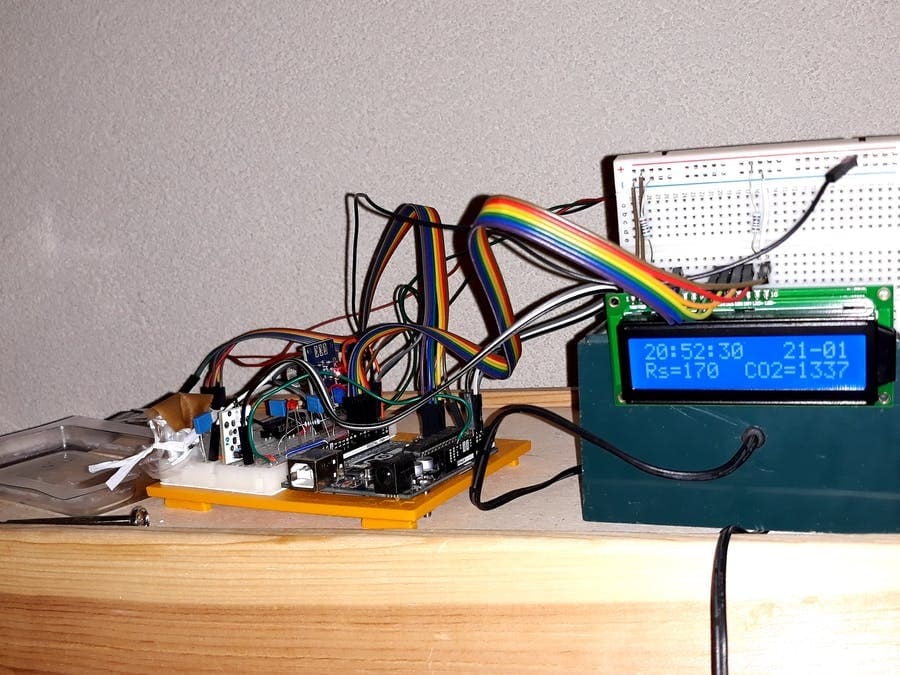
Arduino is a platform with microcontroller boards that offer an expansive world of possibilities for makers. With an Arduino board, you can perform all sorts of low-computing tasks and projects that are both practical and fun.
For those who are brand-new to the world of Arduino, or for long-time users wanting to branch out a bit with their skills, an experienced user’s knowledge can be priceless. Arduino tutorials are created for enthusiasts at a variety of levels and can vary in length from just a few minutes to several hours of multiple-part videos. Since there are so many options out there, we’d like to help!
In this article, we’ve provided a collection of tutorials divided into three categories: Beginner, Project, and Arduino Parts. Though the instruction is mostly done via video, some of the tutorials listed also include a written component that you can use to follow along with, and two are in written form only. Gain confidence and build your expertise within the vast and exciting world of Arduino!
Beginner
Using your Arduino board might seem daunting if you’ve never done so before. These beginner tutorials are aimed at getting you familiar with the basics and demonstrate how to perform some simple functions.
Beginner Series
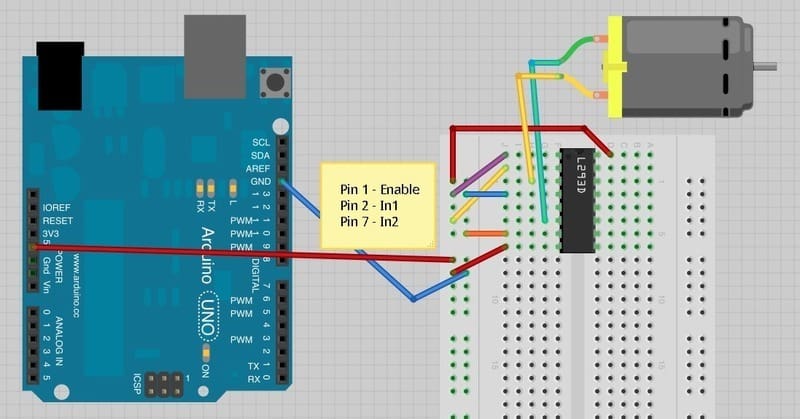
Adafruit content developer Simon Monk has created this extremely helpful 18-part series that walks absolute beginners confidently through learning the nuts and bolts of their Arduino board. You’ll start out learning the names and functions of the parts, and move through lessons about LEDs, digital and analog inputs, DC and servo motors, and pretty much everything you’ll need.
Each short tutorial displays all the parts needed for each step of the way. Note that all of it is written, with lots of great visuals but no video.
- Price: Free
- Level: Beginner
- Biggest takeaway skill: Getting acquainted with all the elements and primary functions of your Arduino
- Where to view it: Adafruit
- Time: No video content
Absolute Beginners
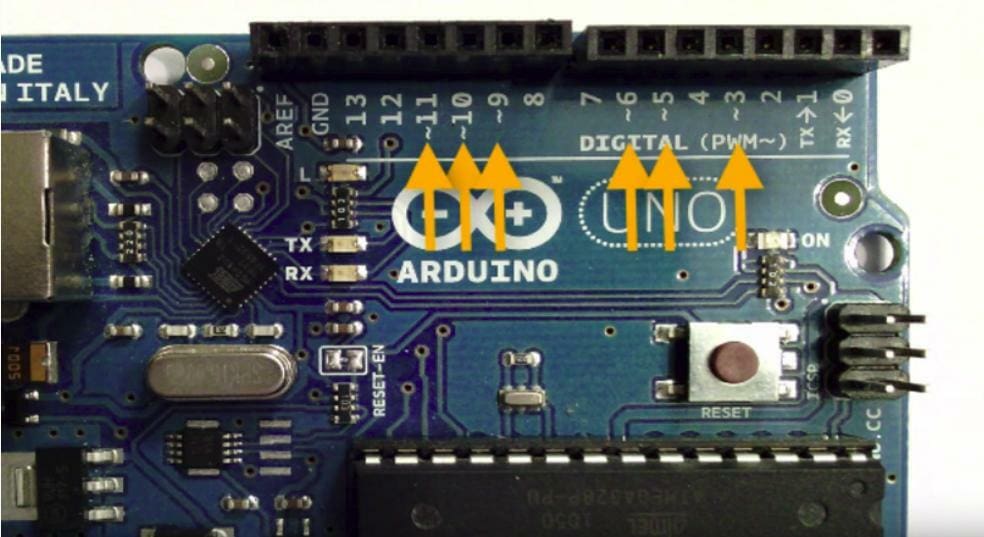
If you’re looking for a tutorial that genuinely starts from scratch and assumes no prior knowledge of Arduino, this basic video is great. With slow, clear, and solid visual guidance, it goes over all the Arduino hardware to familiarize the user with the board’s components.
The tutorial’s creator has also created some additional free videos to get a total beginner up and running, such as IDE installation and how to blink an LED, which are worth checking out too. If you’re a fan of the style, you might want to check out the paid tutorials from Programming Electronics Academy.
- Price: Free; the creator also offers premium paid tutorials
- Level: Beginner
- Biggest takeaway skill: Gain confidence with the basic parts of the Arduino board
- Where to view it: YouTube
- Time: ~8 minutes
Multi-Part Basics
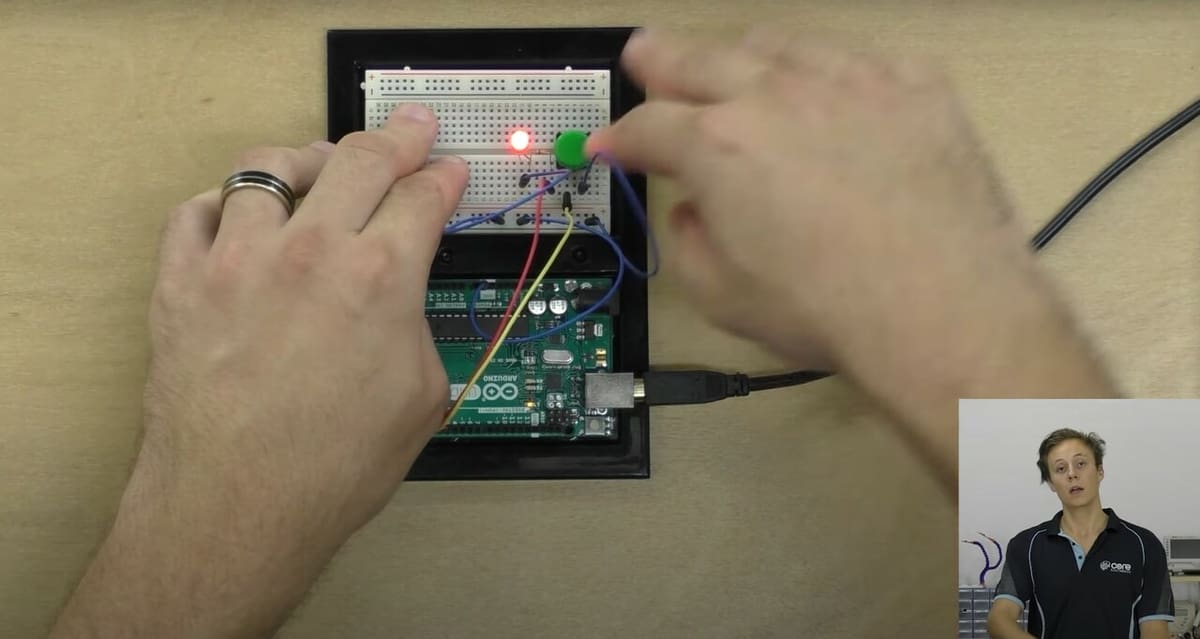
It’s definitely worth checking out this free multi-part series of tutorials geared towards Arduino newbies. With 35 videos in total, there’s a lot of content to explore, covering topics like using variables, bit math, and explaining what shields are and how they’re used with Arduino boards. With notably well-produced and scripted audio, it makes following the content and instructions a breeze.
The majority of the tutorials are fairly short, generally clocking in under 10 minutes, so you can take things at your desired pace.
- Price: Free
- Level: Beginner
- Biggest takeaway skill: Get the basics down in order to start branching out into more difficult projects, understand the essential concepts related to a microcontroller
- Where to view it: YouTube
- Time: Range from 1 to 20 minutes
Arduino Parts
These tutorials deal with the nitty-gritty regarding specific parts that you might utilize with your Arduino board. With them, you’ll get a better understanding of how Arduino works and what you can do!
Servos & Potentiometers
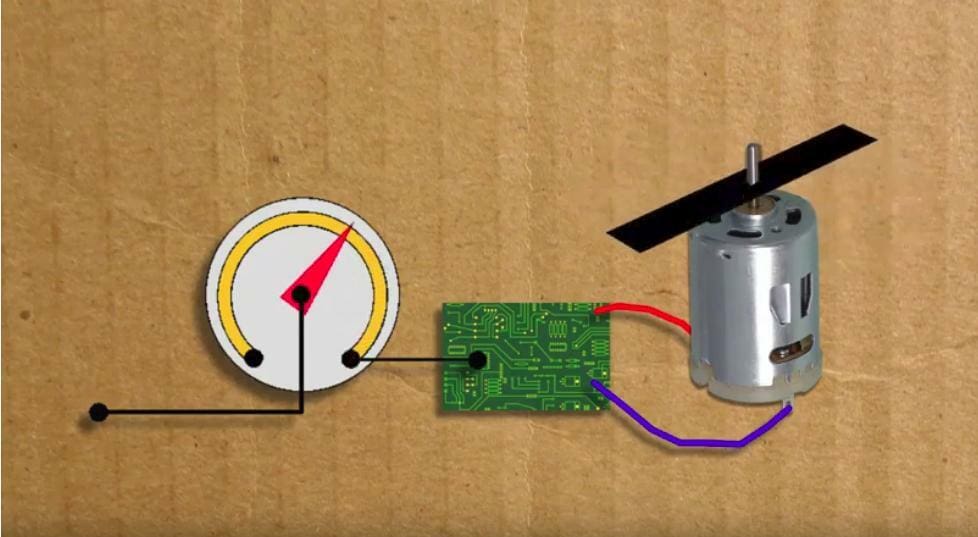
Daniel Davis is the creator of Tinkernut Labs, as well as a published book, with all sorts of creative and fun projects you can do with microcontrollers including the Arduino. In this YouTube tutorial (which is part of his free series about Arduino), you’ll learn about how to control servo motors.
In a concise and clear manner, Davis walks you through the essentials, all with a wry sense of humor. He explains what a servo motor and potentiometer are, how it all works with voltage, and how to control the angle of the servo with a potentiometer. Throughout, there are helpful animations and graphics to illustrate his verbal explanations.
- Price: Free
- Level: Advanced beginner
- Biggest takeaway skill: Master the nuts and bolts of servo motors and potentiometers
- Where to view it: YouTube
- Time: ~5 minutes
Timers

This comprehensive tutorial focuses on the Arduino timer as a part for the Arduino Uno. It has a somewhat fast-paced approach but packed with practical information. Viewers will learn how to time more precisely and generate a PWM signal.
Overall, we’d say this is a good choice for a more seasoned Arduino user, as it has an approach geared more towards people that feel comfortable with all the basic functions of an Arduino and have done a few projects. The tutorial’s creator, GreatScott, has a popular Patreon account for paid video tutorials as well if you enjoy this free offering.
- Price: Free
- Level: Intermediate/advanced
- Biggest takeaway skill: Operating an Arduino timer with accuracy and signal generating
- Where to view it: YouTube
- Time: ~9 minutes
Keyboard

If you’ve got a curiosity about keyboards, this is the video for you. Ewald Hage walks the viewer through the process of turning an Arduino Uno or Mega into an HID keyboard. With no filler or distracting background music, this video gets right into the nitty-gritty with its clear content.
The creator also gives some tips for making this work with Arduino Leonardo or Due as well, and he’s fairly responsive to comments and questions from viewers. You can also check out the links to all the files that the creator has provided.
- Price: Free
- Level: Intermediate/advanced
- Biggest takeaway skill: Gaining confidence with an Arduino HID keyboard
- Where to find it: YouTube
- Time: ~9 minutes
Projects
Once you’ve mastered the basics of your Arduino board, you’ll want to jump in feet first to some projects, because that’s a large part of the fun! Or, if you’re already an experienced user, we have some creative projects for you to explore.
For Beginners
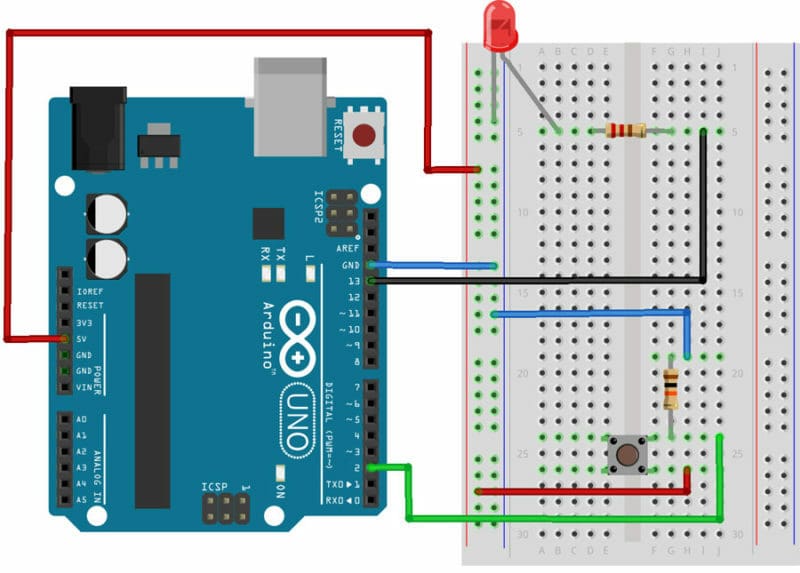
Another written-only entry on the list, these short tutorials provide clear and visual step-by-step guidance for absolute newbies. Users will learn how to blink an LED, change a code, and use a pushbutton switch to control an LED at whatever pace they’d like. Plus, all needed parts are clearly listed.
Additionally, troubleshooting tips for the projects are offered, as well as additional resource links at the end of the tutorial. If you found this helpful, Makerspaces is a great resource for other Arduino projects and how-to’s, and the content is all free.
- Price: Free
- Level: Beginner
- Biggest takeaway skill: Setting up software and performing some basic projects
- Where to view it: Makerspaces
- Time: No video content
Measure DC Voltage & Current
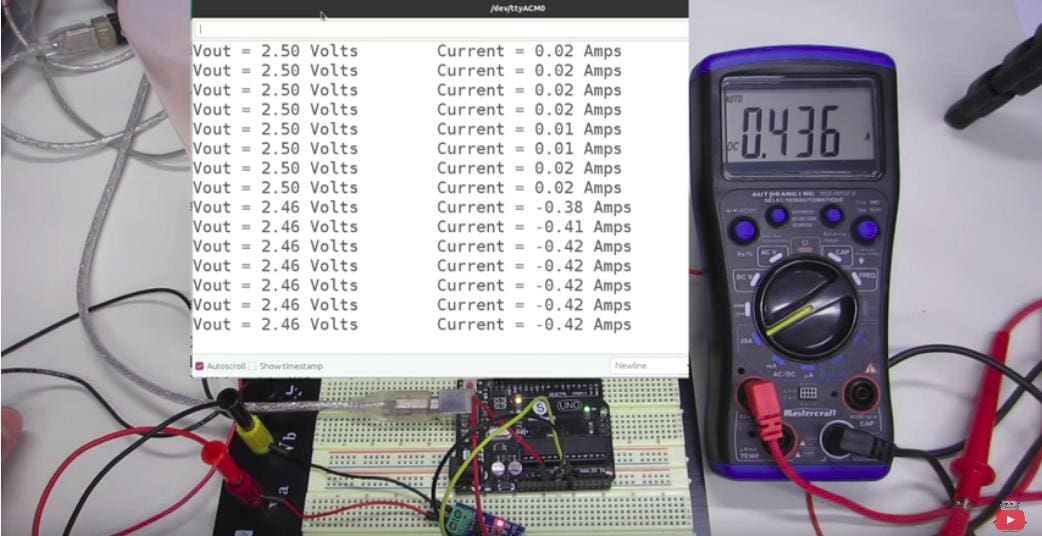
This extremely thorough multimedia tutorial features a video, written text with images, and additional resources including links to the code used. Made by Bill from the well-regarded DroneBot Academy, he covers what is an analog to digital converter, a voltage divider, and breaks down the Arduino hookup step by step with images interlaced clearly throughout the text.
All of the elements together (text, video, and resources) really help the user solidify these concepts, and Bill is very responsive to questions and comments.
- Price: Free
- Level: Intermediate
- Biggest takeaway skill: Mastering DC voltage and current measurement with your board
- Where to view it: DroneBot Workshop
- Time: ~37 minutes
Motorized Camera Slider
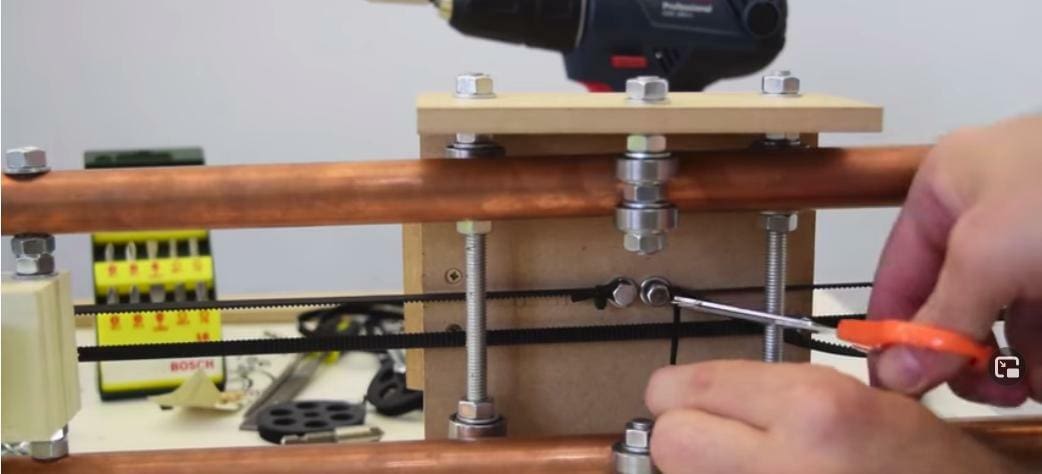
If you’re looking for a creative, functional, and advanced Arduino project, check out this highly detailed tutorial from How To Mechatronics. In the video, they’ll walk you through the steps of creating a motorized camera slider that can be operated by your Arduino. Be aware the project does require a number of materials, such as plywood and a joystick.
Its creator also provides the source code and visual step-by-step details as well as a link for where to obtain the PCBs for the project. If you’re interested in further intermediate and advanced Arduino DIY projects, check out his webpage.
- Price: Free
- Level: Advanced
- Biggest takeaway skill: Make and operate a motorized camera slider that can be controlled via Arduino
- Where to view it: YouTube
- Time: ~17 minutes
Controlling an LCD
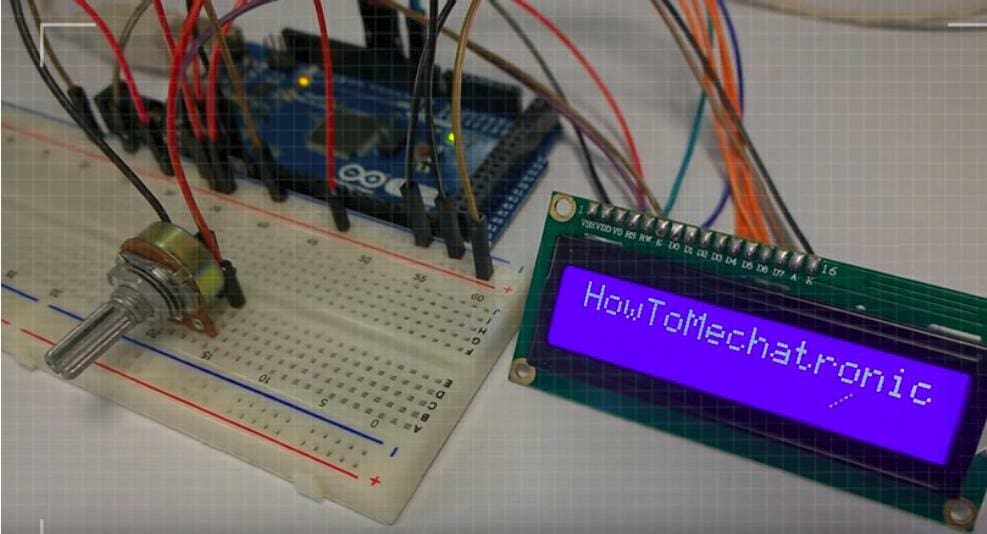
Get ready to become a pro in the basics of hooking an LCD to your Arduino board, which is a pretty useful skill. You’ll find this tutorial short and to the point, with clear audio and direct instructions. It’s thorough without being long-winded.
As the creator goes through the different elements of the LCD, the part titles appear simultaneously onscreen so you can follow along. Viewers of the tutorial rave about how useful and easy-to-understand this particular video is, and we agree.
- Price: Free
- Level: Advanced beginner/intermediate
- Biggest takeaway skill: Mastering the ins and outs of how to control an LCD via Arduino
- Where to view it: YouTube
- Time: ~15 minutes
Lead image source: Adafruit
License: The text of "10 Best Arduino Tutorials (Most Are Free)" by All3DP is licensed under a Creative Commons Attribution 4.0 International License.



